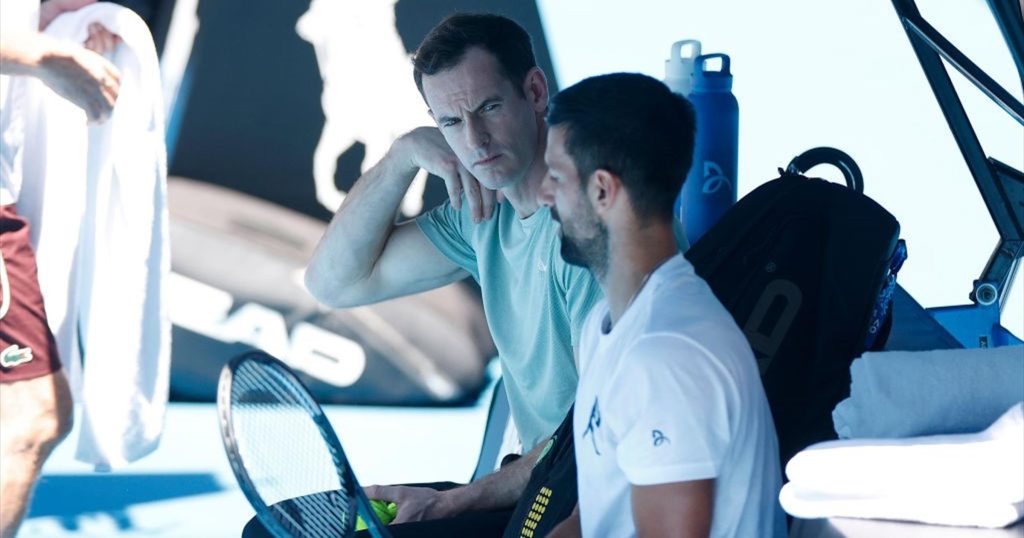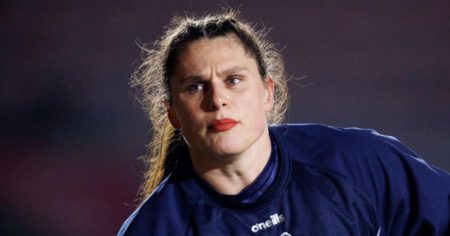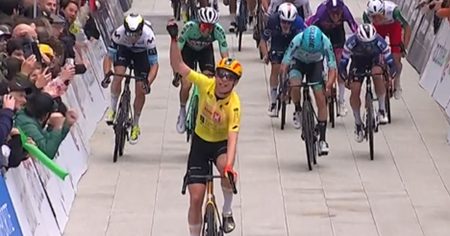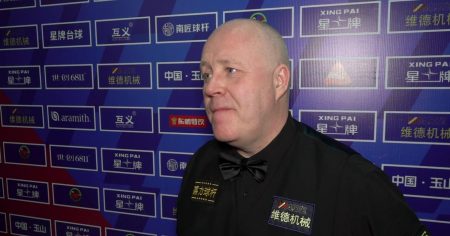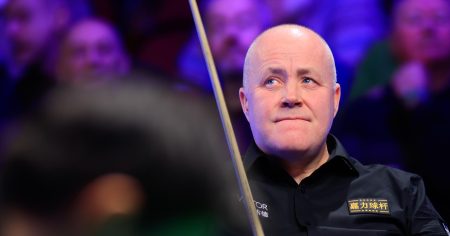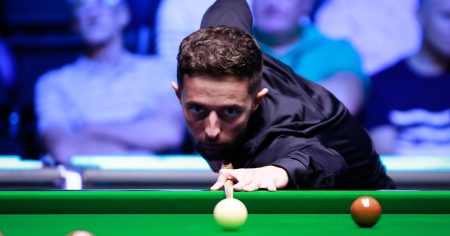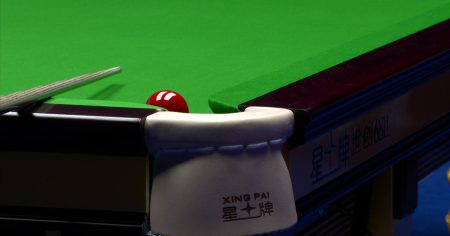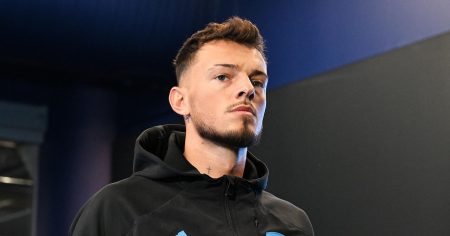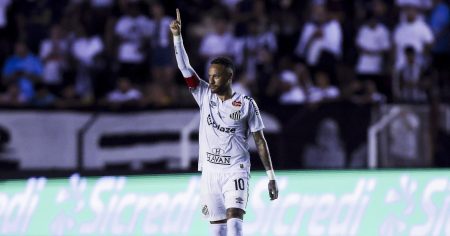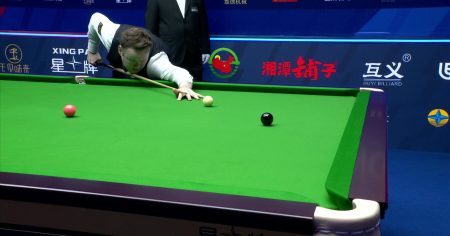Laura Robson, former British tennis player and current Eurosport expert, weighed in on the intriguing hypothetical coaching partnership between Novak Djokovic and Andy Murray following Djokovic’s dominant first-round victory at the 2023 Australian Open. While acknowledging the sheer improbability of such a collaboration ever materializing, Robson delved into the potential dynamics and impact this unprecedented pairing could have on both players. She highlighted the contrasting personalities and playing styles, the potential clash of egos, and ultimately, the unlikely yet fascinating prospect of two tennis titans joining forces.
Robson’s analysis began by dissecting the fundamental differences between Djokovic and Murray. Djokovic, known for his unwavering mental fortitude, elastic defence, and adaptable game, presents a stark contrast to Murray, whose grit, tactical brilliance, and relentless retrieving abilities have defined his career. She emphasized Djokovic’s almost zen-like calmness under pressure, contrasting it with Murray’s more outwardly emotional and often self-critical demeanor on court. This difference in temperament, Robson argued, could be both a source of friction and a potential catalyst for growth. While their approaches to the game might appear disparate, Robson suggested that the mutual respect they hold for each other could bridge the gap and create a surprisingly synergistic partnership.
Delving deeper into the hypothetical coaching dynamic, Robson explored the potential benefits and challenges each player could face. For Djokovic, gaining insights into Murray’s tactical acumen and understanding of his game – having played each other numerous times in high-stakes matches – could provide a fresh perspective and potentially sharpen his already formidable arsenal. Murray, on the other hand, could benefit immensely from Djokovic’s unwavering mental strength and learn to better manage the pressure moments that have occasionally hampered his performance. Robson acknowledged, however, that the inherent competitive nature of both players, coupled with their history as rivals, could create a challenging dynamic. The potential for ego clashes and differing opinions on strategic approaches could hinder the effectiveness of the partnership.
Robson further elaborated on the impact their contrasting playing styles could have on the coaching relationship. Djokovic’s ability to seamlessly transition from defence to offence and his remarkable court coverage are hallmarks of his game. Murray, while also possessing exceptional defensive skills, relies more on precise shot placement and tactical variations to dismantle his opponents. Robson posited that these stylistic differences could lead to intriguing coaching conversations and potentially allow both players to refine their respective strengths and address any weaknesses. She envisioned scenarios where Djokovic might incorporate some of Murray’s tactical nuances into his game, while Murray could learn to emulate Djokovic’s unwavering mental resilience.
However, Robson also acknowledged the substantial obstacles that would prevent such a partnership from ever coming to fruition. Both players have established and successful coaching teams already in place, and the logistical challenges of coordinating schedules and managing the potential conflicts of interest would be significant. Furthermore, the intense rivalry they have shared throughout their careers, while marked by mutual respect, might make it difficult to transition into a coach-player dynamic. The competitive nature of professional tennis often demands secrecy and strategic advantages, which could be compromised if a former rival gains intimate knowledge of a player’s game.
Ultimately, Robson concluded that the prospect of Djokovic coaching Murray, while a fascinating thought experiment, remains firmly in the realm of fantasy. The practicalities of such a partnership, combined with the inherent complexities of their relationship as former rivals, make it highly unlikely. Nevertheless, Robson’s analysis provided a captivating glimpse into the potential dynamics and benefits, as well as the inherent challenges, that this unprecedented coaching alliance could present. It underscored the fascinating interplay of personalities, playing styles, and the competitive landscape that defines the world of professional tennis. While the hypothetical scenario may never become reality, it serves as a testament to the enduring fascination with the strategic and psychological dimensions of the sport, and the constant pursuit of improvement that drives its greatest champions.




